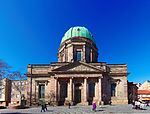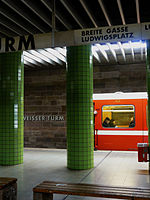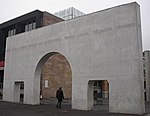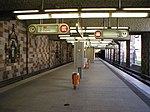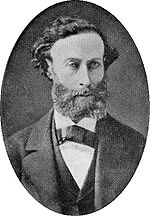St. Jakob, Nuremberg
1200s establishments in the Holy Roman Empire1209 establishments in EuropeBavaria building and structure stubsGerman church stubsLutheran churches converted from Roman Catholicism ... and 1 more
Lutheran churches in Nuremberg
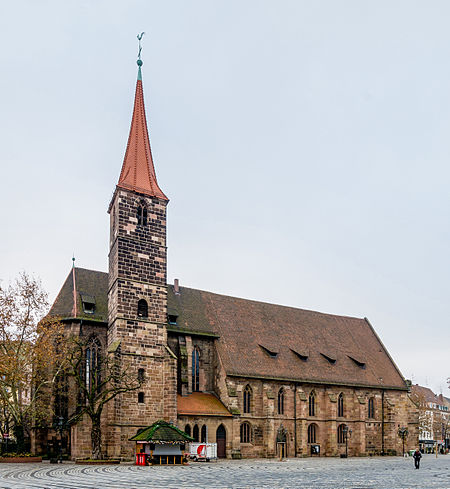
St. Jakob (St James the Greater) is a medieval church of the former free imperial city of Nuremberg in southern Germany. It is dedicated to Saint James the Greater. The church was badly damaged during the Second World War and later restored.
Excerpt from the Wikipedia article St. Jakob, Nuremberg (License: CC BY-SA 3.0, Authors, Images).St. Jakob, Nuremberg
Jakobsplatz, Nuremberg Altstadt, St. Lorenz
Geographical coordinates (GPS) Address Nearby Places Show on map
Geographical coordinates (GPS)
| Latitude | Longitude |
|---|---|
| N 49.45 ° | E 11.070277777778 ° |
Address
Jakobsplatz
Jakobsplatz
90402 Nuremberg, Altstadt, St. Lorenz
Bavaria, Germany
Open on Google Maps
